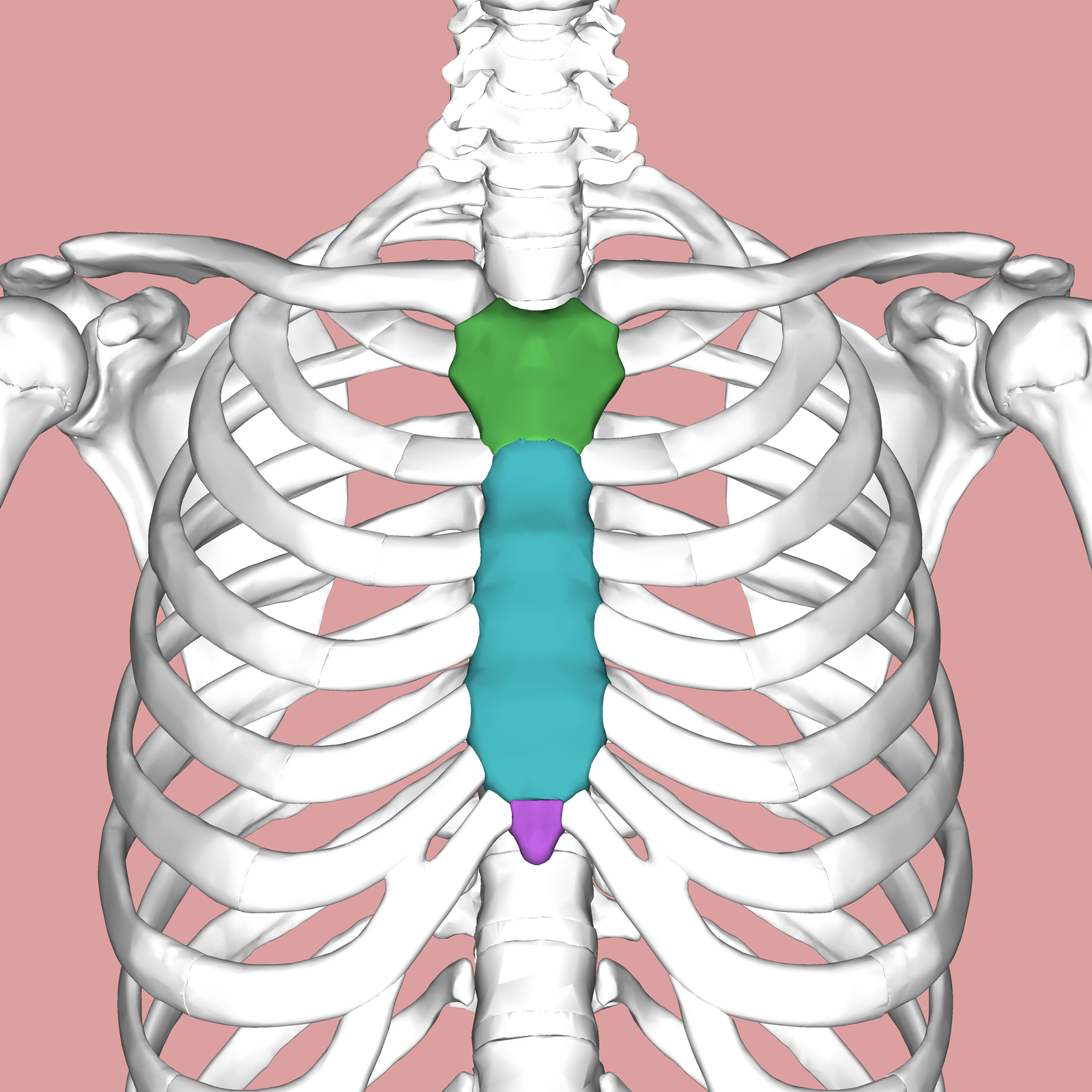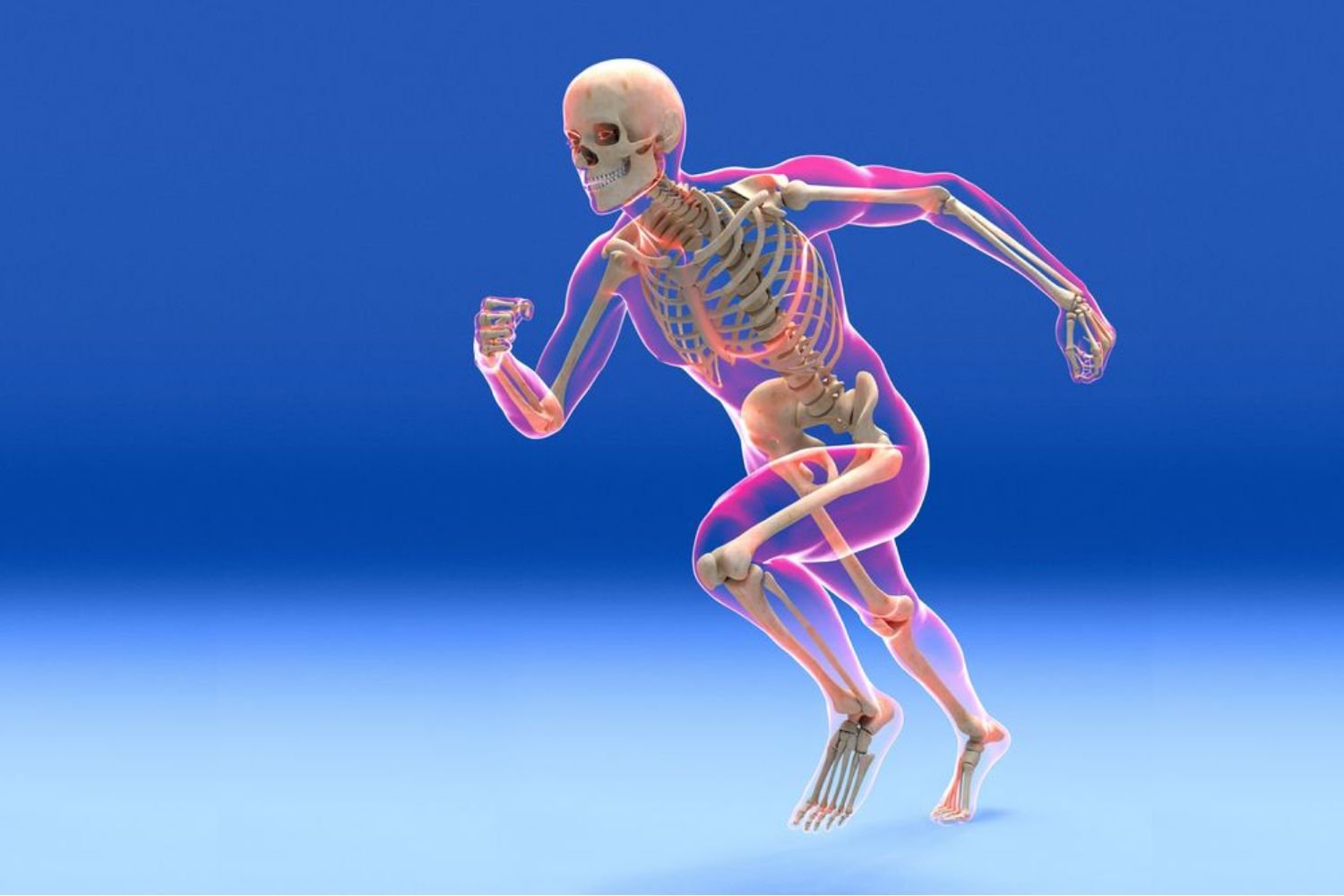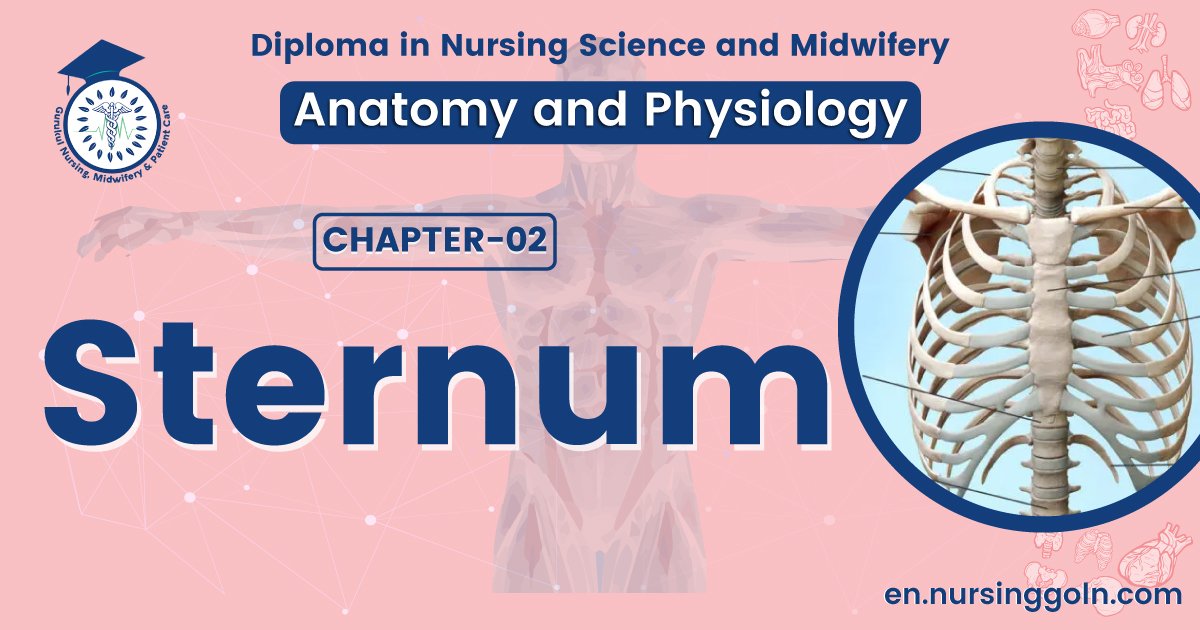Concept about Sternum – The course is designed for the basic understanding of anatomical structures and physiological functions of human body, musculoskeletal system, digestive system, respiratory system; cardiovascular system; urinary system, endocrine system, reproductive system, nervous system, hematologic system, sensory organs, integumentary system, and immune system.
The aim of the course is to acquire knowledge and skills regarding anatomy and physiology.
Concept about Sternum

The sternum, or breastbone, is a flat, narrow bone located in the center of the anterior thoracic wall and consists of three parts that usually fuse by age 25.
- The upper part is the manubrium;
- The middle and largest part is the body, and
- The lowest, smallest part is the xiphoid process
The manubrium articulates with the clavicles, first rib, and part of the second rib. The body of the sternum articulates directly or indirectly with part of the second rib and the third through tenth ribs. The xiphoid process consists of hyaline cartilage during infancy & childhood and does not ossify completely until about age 40.

Upper limb consists of total (30X2) = 60 bones. So, each upper limb consists of 30 bones. Each upper limb includes a humerus in the arm, ulna and radius in the forearm, and 8 carpals (wrist bones), 5 metacarpals (palm bones), and 14 phalanges (finger bones) in the hand
Bones of Upper limbs
Humerus——— 2
Ulna ————–2
Radius———— 2
Carpal ———–16
Metacarpals—–10
Phalanges——-28
________________________________
Total = 60 bones
(Ref-J. TORTORA, The essentials of anatomy and physiology, 8 edition, P-146)

Read more:
